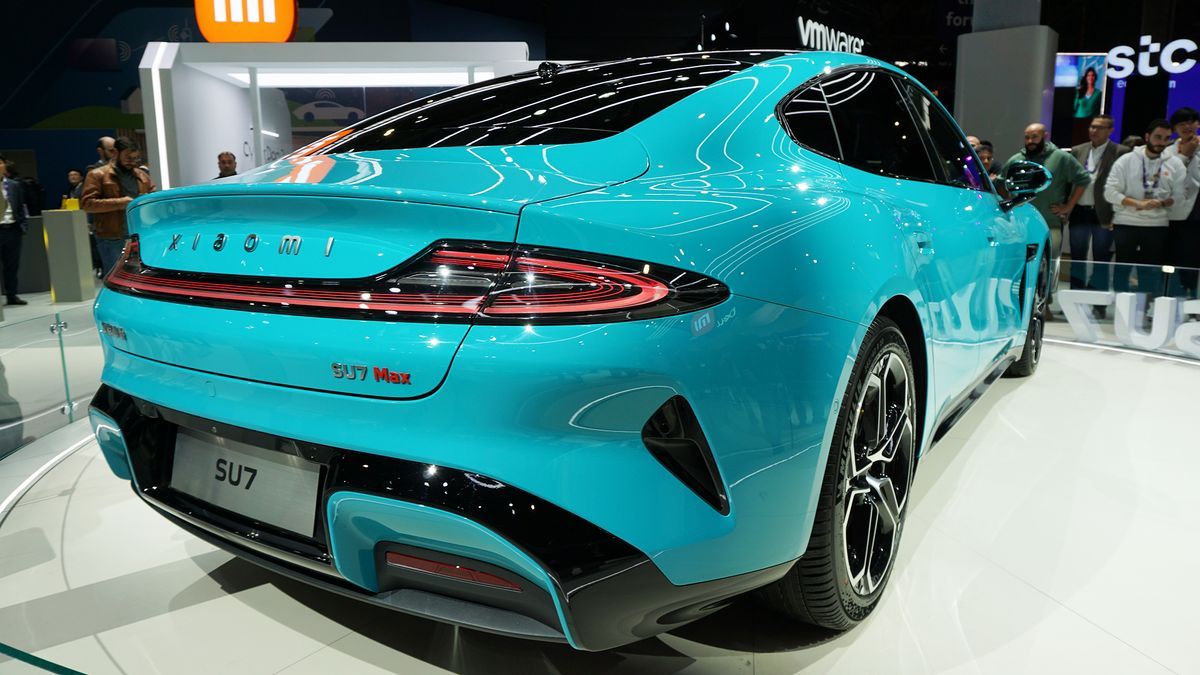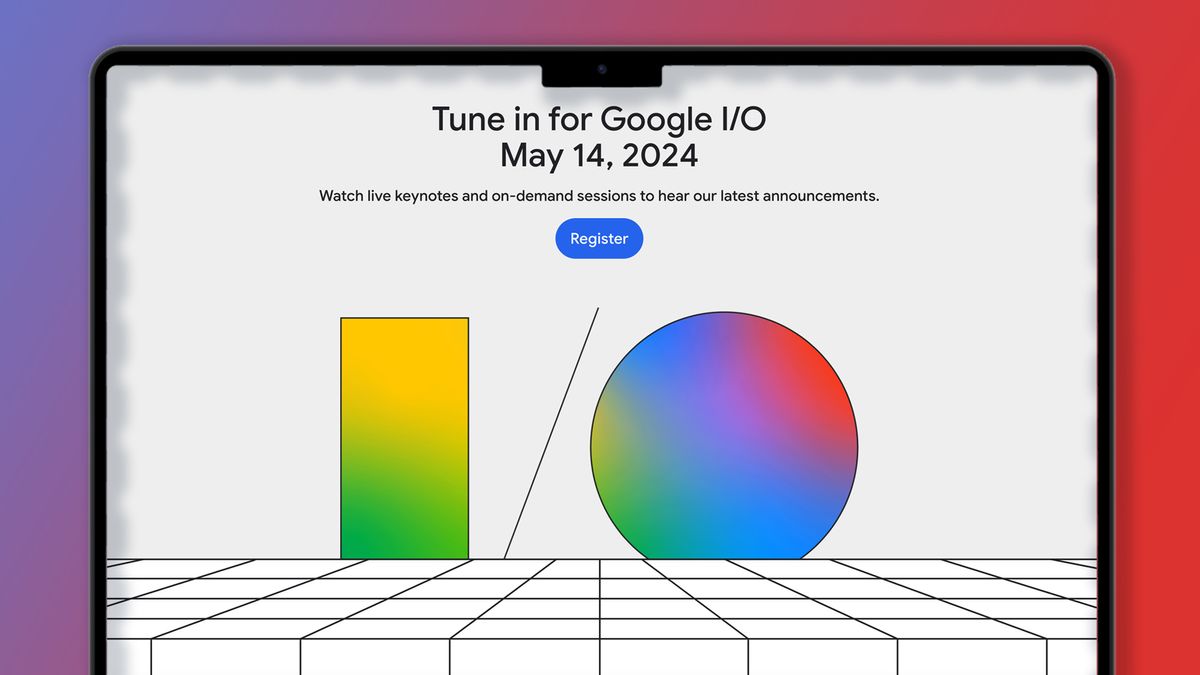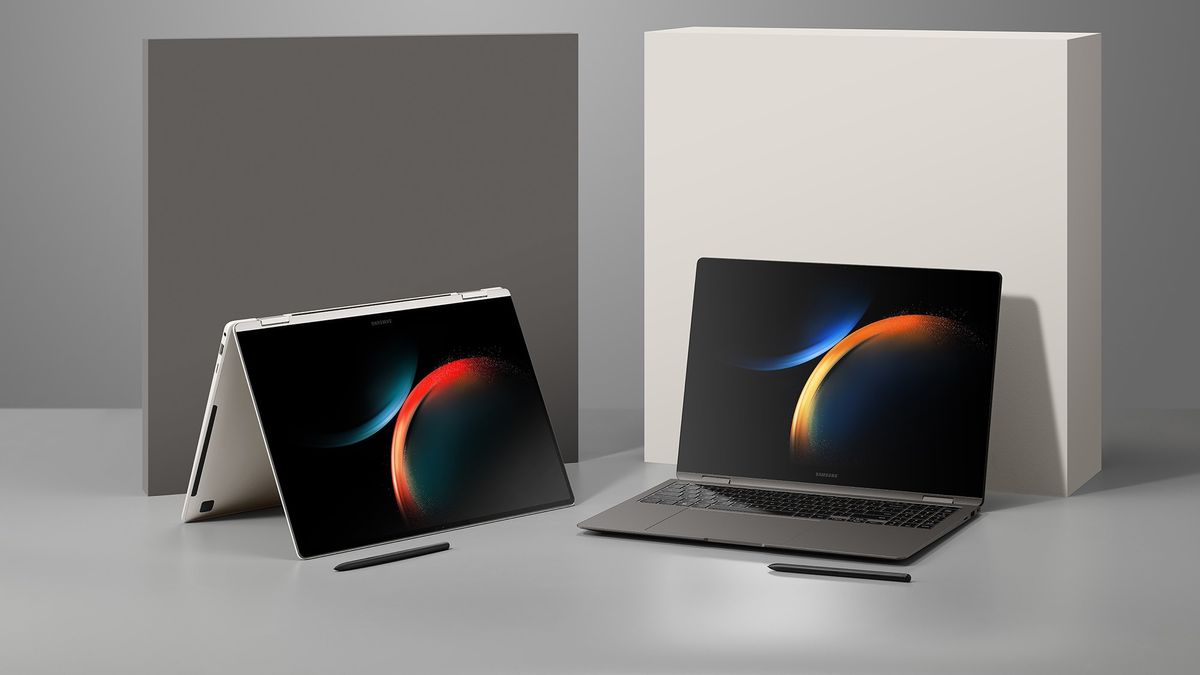Apple is rumored to have ended its long-running Project Titan, the initiative to build its first EV (electric vehicle). With that, any idea of what happens when a smartphone maker turns to a car died, or at least would have if it weren't for Xiaomi, which showed off its first electric vehicle, the Xiaomi SU7, at MWC 2024.
While the tech giant, known for everything from deep fryers and robot vacuum cleaners to its latest Xiaomi 14 series of smartphones, announced the SU7 in late December 2023 in China, it used MWC to announce the car's expansion into new markets in All Europe; Serving as the first electric vehicle from a phone maker launched internationally.
By comparison, Apple had reportedly been working on Project Titan for about a decade, opted to build the entire automotive platform in-house (rather than partnering with an existing automaker), and had set a (revised) launch window of 2026, before launching it. the towel. The SU7 is a collaboration between Xiaomi's newly established automotive division – Beijing Xiaomi and Beijing Automotive Industry Holding Co. Ltd (BAIC), which, in the past, has created vehicles in collaboration with companies such as Bosch and Huawei.
@techradar ♬ Done – Official Sound Studio
An engineering prototype of what would eventually become the SU7 was in operation by mid-2022, before the first images of the production vehicle, initially known by its codename, 'MS11', first appeared in the news. Chinese social networks in January 2023. Still, Xiaomi's efforts in electric vehicles have borne fruit in a noticeably shorter time than Apple's automatic effort was able to advance, even in part, and the results are intended to impress.
While we may never know what exactly the Apple Car would have offered to consumers, there is no doubt that it would have served as a new platform for Apple to push its ecosystem of content and apps among users, while also offering competitive specifications for the road, adapted to your needs. to take on US market leaders such as Tesla.
In the same way that Xiaomi divides its flagship phone series between the 'Pro' and 'Ultra' standard, the SU7 also comes in various forms, with the powertrain being the biggest differentiator. On the international stage, buyers will be able to choose between the single-motor Xiaomi SU7 and the dual-motor, all-wheel-drive SU7 Max (pictured), which boasts an impressive set of numbers, including 220 km of range on just five minutes of charging time. , a maximum range of 800 km, an acceleration from 0 to 100 km/h of only 2.78 seconds and a maximum speed of 265 km/h.
Beyond driver-assist technologies like lidar, radar, and 11 high-definition cameras, the aspect of the SU7 that most closely resembles what could have been the defining element of the Apple Car experience is the company's recently released HyperOS. company.
The SU7's cockpit experience is split between the 16.1-inch 3K central control panel and 7.1-inch instrument display; all powered by a Qualcomm Snapdragon 8295 chipset. Beyond granting access to key road features like autonomous driving and unassisted parking, operating within the same ecosystem as its other HyperOS-powered products, Xiaomi says that interoperability, including screen mirroring and easy pairing with accessories like smartwatches made by Xiaomi, it should be seamless.
While we don't yet know how nuanced the SU7's ecosystem integration will be, it certainly gives us an idea of what Apple might have been working on with Project Titan: keyless entry with an iPhone or Apple Watch, built-in Siri, FaceTime, and voice . -iMessage support dictated, SideCar support between iPhone or iPad and Apple Car, and much more.
So while Apple's plans to tackle the open road have stalled, for the curious smartphone fan who also appreciates automotive innovation and integration, the Xiaomi SU7 is, for now, your best (and only) option. .
More from MWC 2024










